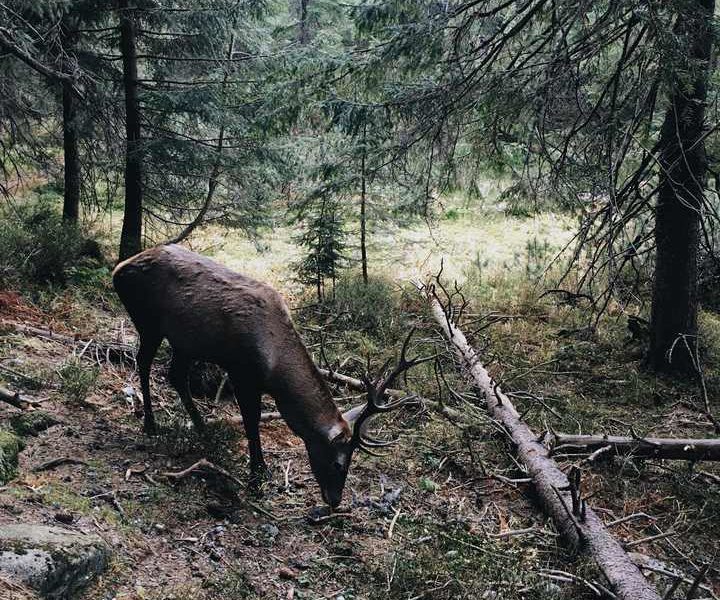Population Loss
Larger mammals like deer and bears generally have a low mortality rate when it comes to forest fires, because they are able to move quickly to another location when a fire begins. Burrowing animals are also not impacted greatly because they are able to stay protected underground. Small mammals like mice and voles are the most vulnerable because they have shallow or above-ground nests and have very limited mobility compared to large mammals.
Fish and other aquatic life are often negatively affected as well. The water can be impacted in terms of chemistry, run-off levels, and turbidity, which often causes a percentage of the local aquatic organisms to die off and many others to move to different connected waterways.
Displacement
Many animals are displaced by forest fires because habitats are wiped out. This sends animals searching out habitats elsewhere and having to compete with the animal populations already in those areas.
Benefits
Some animals actually benefit from the changes made by a wildfire. For birds of prey, an area that has recently been cleared by a wildfire is a good hunting area because the lack of tree and shrub cover makes small mammals like mice much easier to see and catch. Because newly-burned areas have fertile soil and begin regrowth very quickly, animals that depend on elements of a young forest habitat (such as woodpeckers, reptiles, and deer) thrive in an area that has recently been the site of a forest fire.
While some wildfire is important in terms of environmental balance, in recent years we have been seeing more and more forest fire activity, to the detriment of local animal populations. Wildfire prevention and suppression is more important now than ever.


